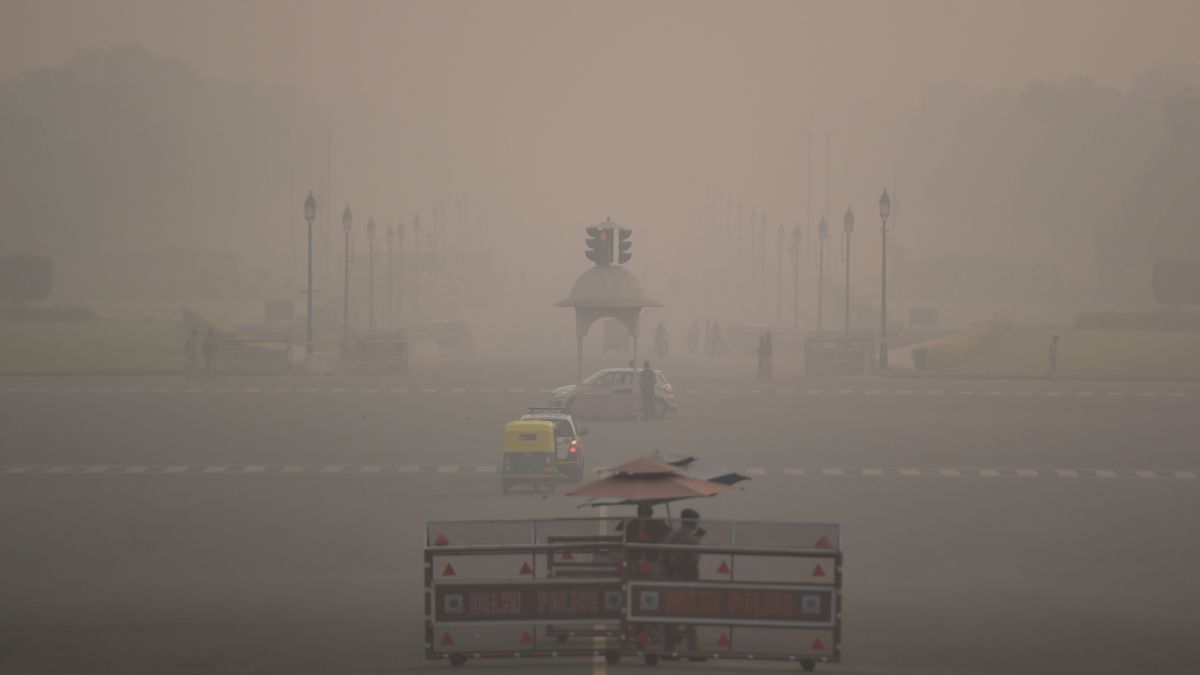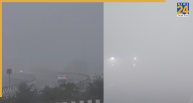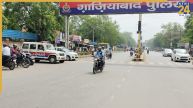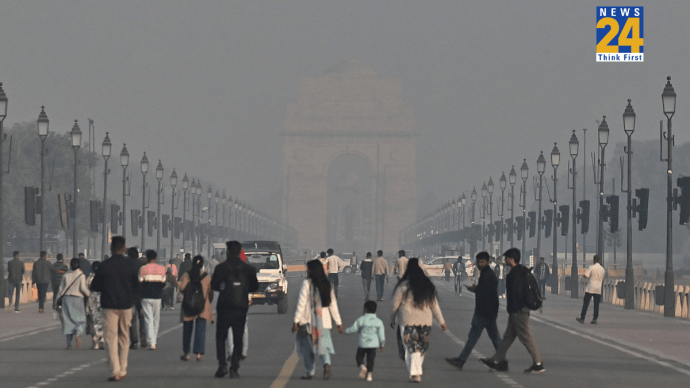The national capital woke up to a dense haze as Delhi’s air quality descended back into the ‘severe’ category on Friday morning. Data provided by the Central Pollution Control Board (CPCB) indicated an Air Quality Index (AQI) of over 400 in most regions across the city at the time of reporting this information.
Visuals shared by news agency ANI depicted a blanket of smog enveloping various parts of Delhi, including AIIMS, Kartavya Path, DND, and Barapulla. The AQI at 8 am was recorded at 407 in Anand Vihar, 402 in Jahangirpuri, 408 in Mundka, 424 in Okhla Phase-2, 411 in Punjabi Bagh, 401 in RK Puram, 438 in Vivek Vihar, and 423 in Wazirpur.
Despite a slight improvement in Delhi’s air quality after heavy rainfall last Sunday (November 26), the AQI plummeted to the ‘very poor’ category on Thursday, following a stint in the ‘poor’ category the preceding day, based on CPCB’s 24-hour average data.
On Thursday, Delhi’s AQI settled at 398, just below the 400-mark.
The categorization of AQI ranges between zero and 50 as good, 51 and 100 as satisfactory, 101 and 200 as moderate, 201 and 300 as poor, 301 and 400 as very poor, 401 and 450 as severe, and above 450 as severe-plus.
The Commission for Air Quality Management in National Capital Region and Adjoining Areas (CAQM), responsible for devising strategies to combat pollution, lifted pollution curbs under stage-III GRAP measures across the National Capital Region (NCR) on November 28, owing to improved air quality conditions. These measures were initially activated on November 2 when the AQI reached alarming levels.
The stage-III GRAP measures encompassed a ban on non-essential construction activities in Delhi-NCR and restricted the operation of older, more polluting vehicles like BS III petrol and BS IV diesel four-wheelers in critical districts including Delhi, Gurugram, Faridabad, Ghaziabad, and Gautam Budh Nagar.
Following the relaxation of these measures, CAQM assured that weather forecasts indicated no further deterioration in Delhi’s air quality to the ‘severe’ category in the forthcoming days.
The month of November witnessed an average AQI of 373 in Delhi-NCR this year. According to CAQM data, there were nine days categorized as ‘severe’ in air quality during November, compared to only three in the same period last year.
Also Read: Chaos Strikes 15 Bengaluru Schools Amid Bomb Threats; Over 5,000 Children Evacuated













